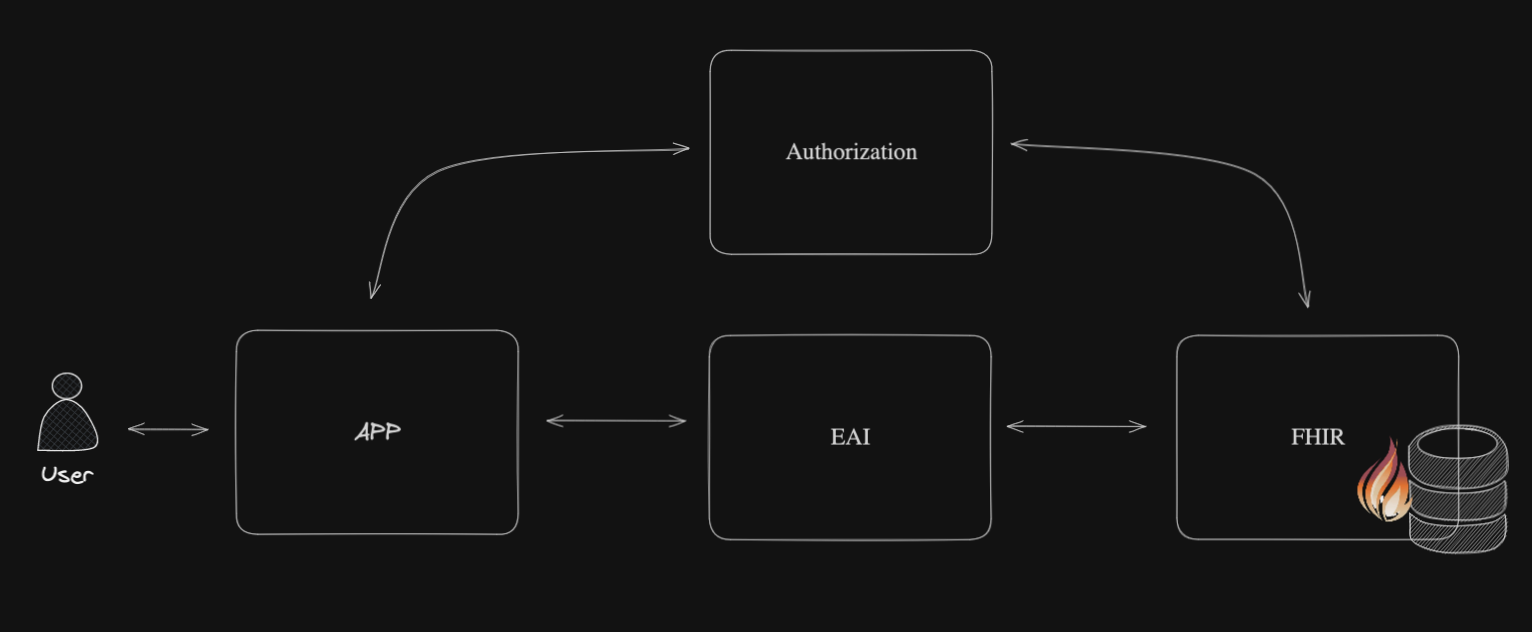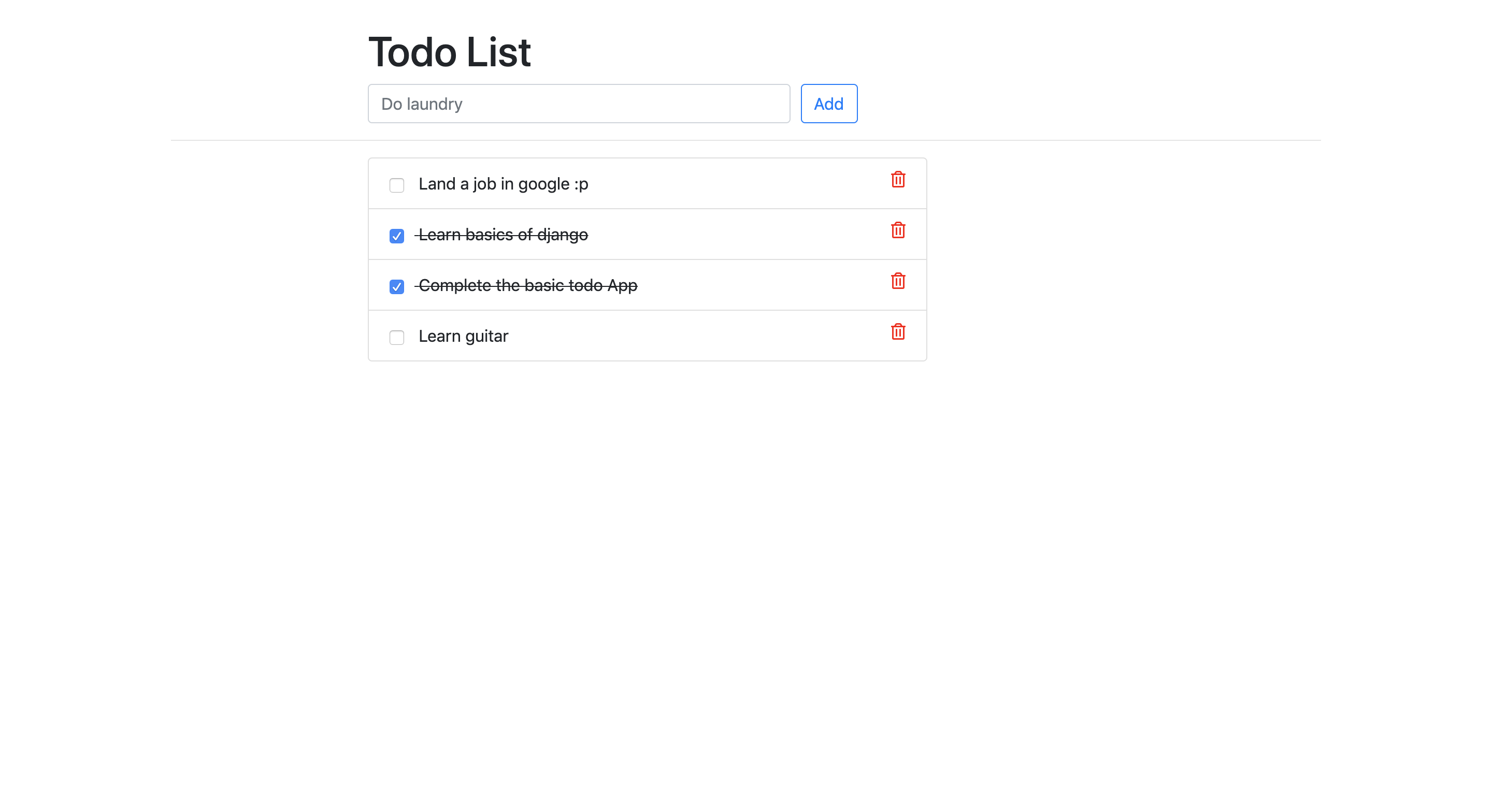The objective of the article is to provide the reader with the following informations:
- Configure and use the FHIR server
- Create an OAuth2 Authorization Server
- Bind the FHIR server to the OAuth2 Authorization Server for support of SMART on FHIR
- Use the interoperability capabilities of IRIS for Health to filter FHIR resources
- Create a custom operation on the FHIR server
Schema of the article:


.png)



